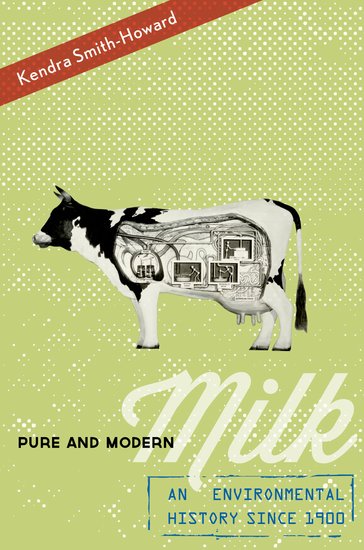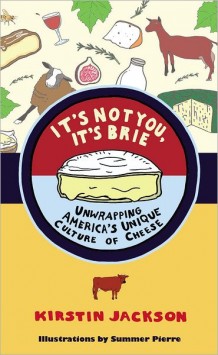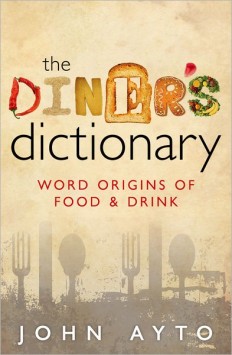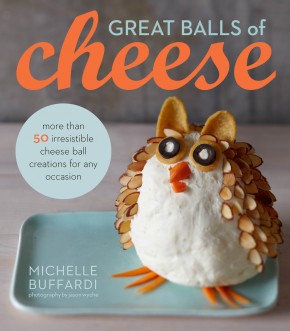Pure and Modern MilkAn Environmental History since 1900
A close look at milk and its history as a pure and modern consumer product in American culture.
Americans have never been more concerned about their food’s purity. The organic trade association claims that three-quarters of all consumers buy organic foods each year, spending billions of dollars.
“Dairy farm families, health officials, and food manufacturers have simultaneously stoked human desires for an all-natural product and intervened to ensure milk’s safety and profitability,” writes Kendra Smith-Howard. In Pure and Modern Milk, she tells the history of a nearly universal consumer product, and sheds light on America’s food industry. Today, she notes, milk reaches supermarkets in an entirely different state than it had at its creation. Cows march into milking parlors, where tubes are attached to their teats, and the product of their lactation is mechanically pumped into tanks. Enormous, expensive machines pasteurize it, fortify it with vitamins, remove fat, and store it at government-regulated temperatures. It reaches consumers in a host of forms: as fluid milk, butter, ice cream, and in apparently non-dairy foods such as whey solids or milk proteins. Smith-Howard examines the cultural, political, and social context, discussing the attempts to reform the production and distribution of this once-perilous product in the Progressive Era, the history of butter between the world wars, dairy waste at mid-century, and the postwar landscape of mass production. She asks how milk could be conceptualized as a “natural” product, even as it has been incorporated into Cheez Whiz and wood glue. And she shows how consumer’s changing expectations have had repercussions back down the chain, affecting farmers, cows, and rural landscapes.
A groundbreaking, interdisciplinary history, this book reveals the complexity and challenges of humanity’s dependence on other species.
Kendra Smith-Howard is Assistant Professor of History at the University at Albany, State University of New York.
“STARRED REVIEW. Smith-Howard succeeds as both historian and storyteller in developing an essential narrative about American industrialization and how both nature and technology have been romanticized. Her coherent and complex view of the 20th century is both informative and enjoyable.”
– Publishers Weekly
“Got milk? If so, then you’ve got a whole lot else in your fridge as well: a hope, a duty, a highly regulated product, a carton of controversy, and a hand in industrializing America’s farms. And you’ve also got a paradox: a food that is so quintessentially natural that it’s become artificial, as Kendra Smith-Howard reveals in this fascinating history of how we have transformed cows, landscapes and ideas of purity in order to make milk keep pace with us as we become ever more modern consumers. With Pure and Modern Milk, you get the whole, surprising story.”
-Douglas C. Sackman, author of Orange Empire: California and the Fruits of Eden
“Kendra Smith-Howard is one of the freshest and most intriguing new voices in rural and environmental history today. In Pure and Modern Milk, she demonstrates a keen command of mountains of previously untapped materials, showing the intimate but often invisible links among rural environments, urban supermarkets, and human health. In stories of milk ‘byproducts; (think butter and ice cream, but also whey) and technologies (refrigerators and freezers), Smith-Howard lays out the surprising ways in which the changing formulas for good health and good farm incomes shaped and were shaped by industrialization and regulation of modern life in the late twentieth century. This is an astute and brilliant book, a must-read for anyone interested in food, rural industrialization, or the environment.”
-Deborah Fitzgerald, author of Every Farm a Factory: The Industrial Ideal in American Agriculture
“Milk has not always been the purest of foods, and it is certainly not a natural one. But in Kendra Smith-Howard’s excellent book, it proves a rich medium for a uniquely American environmental history.”
-Susanne Freidberg, author of Fresh: A Perishable History











Leave a Reply